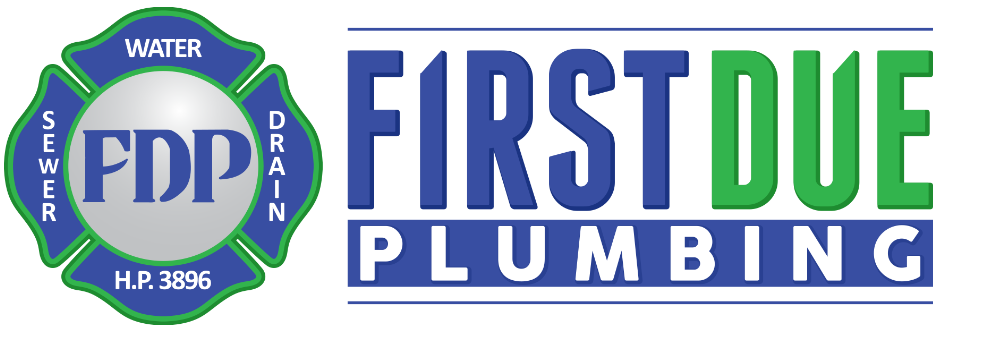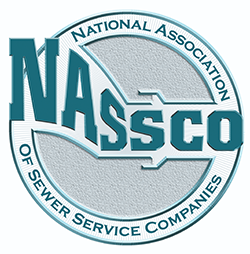These recordsdata comprise sonic info that requires audio processing strategies to extract meaningful insights. Clean and preprocess the unstructured knowledge to remove noise, errors, and inconsistencies. Use methods corresponding to text preprocessing, knowledge cleansing, and normalization. Select the appropriate https://www.globalcloudteam.com/what-is-text-mining-text-analytics-and-natural-language-processing/ techniques and tools for structuring the unstructured data based mostly on its characteristics and your goals. Consider its volume, selection, and quality, as well as any potential biases or limitations.
Which Device Is Popular To Handle Unstructured Data?
AI-driven information integration will enhance decision-making capabilities by offering extra correct, well timed, and comprehensive insights. As a result, you can even make better-informed selections, resulting in improved efficiency and outcomes. The way forward for AI-driven data integration is promising, with a number of emerging developments and technologies set to remodel the panorama additional. AI-powered real-time knowledge processing permits steady integration and evaluation of information as it is generated. This supports dynamic decision-making and permits organizations to respond shortly to altering conditions. AI improves information high quality by identifying and correcting inconsistencies and errors.
What Is The Difference Between Unstructured Information & Structured Data?
Data cleaning and preprocessing strategies are necessary to ensure data quality and accuracy. Lastly, structured unstructured information allows integration with other structured datasets, enabling cross-domain evaluation and enhancing the overall understanding of the information. Understanding how to convert unstructured information into structured knowledge is like looking for a way by way of a dense forest. With infinite potential directions to lose yourself in with structured and unstructured information, having a detailed map can prevent from getting lost.
What’s Information Integration In Ai?
Leverage the Nanonets integrations with your current methods, automating the whole workflow. Set up triggers for incoming knowledge to be processed routinely without guide upload. This integration creates a seamless circulate from knowledge assortment to insight technology, enabling real-time decision-making and enhanced business intelligence.
Methods For Structuring Unstructured Information
- The Internet of Things (IoT) generates huge quantities of unstructured knowledge via sensors and units.
- Utilizing advanced analytical methods, useful insights could be extracted from unstructured data, providing a deeper understanding of advanced patterns and tendencies.
- Manual processing of unstructured information could be very cumbersome, so businesses must prioritize sources and decide which knowledge sources are price analyzing.
- You can match the relational table syntax through the use of this method to extract the suitable information from the messy, uncooked data.
- It also functions as a federated query engine, permitting you to query all of your knowledge using a single endpoint, which makes analysis quicker and extra correct.
- Furthermore, video evaluation also can involve activity recognition, where algorithms are trained to establish particular actions or behaviors within a sequence of frames.
Gain insights into the key differences between structured and unstructured information. Structured information refers to any kind of outlined and searchable information, corresponding to dates, costs, phone numbers, product SKUs, and banking information. As a outcome, structured information is easily positioned in tables within relational databases and is usually quantitative in nature. Learn extra about unstructured information, together with how it’s used, differs from structured data, and what tools allow you to manage and course of it. Additionally, explore an economical, flexible system to assist you learn more about information. Computer imaginative and prescient performs a pivotal role in analyzing and comprehending the visible content material, allowing for a complete understanding of the intricate details and patterns current within the images and movies.
What Is Unstructured Information Analysis?
It is sometimes referred to as the “conventional type of knowledge,” and is carefully related to relational databases. Relational databases are regularly used by companies to store information and streamline information flow for software program improvement and information analytics. Companies utilize Structured Query Language(SQL) to interact with it for studying, writing, and updating.
Compatibility With Legacy Techniques
NLP encompasses a range of strategies and algorithms that enable computer systems to understand, interpret, and generate human language. By making use of NLP to text information evaluation, researchers and practitioners can achieve priceless insights from unstructured data sources corresponding to social media posts, customer evaluations, and information articles. With unstructured data exponentially rising, analysts have to search out dependable ways to tap and analyze the information and make informed enterprise decisions. There are many superior unstructured data evaluation strategies that are helping organizations comply with a data-driven approach and enhance their business processes and revenue.
Unlock The Brilliance Of Generative Ai With Data Preparation
Image evaluation technologies can extract related data by identifying and categorizing objects inside a picture. This is achieved by way of object recognition algorithms that have been educated on huge datasets, enabling them to accurately identify and classify varied objects, similar to animals, vehicles, or buildings. Other corporations have constructed a business structuring unstructured data, then promoting that as a service to others.
They primarily include written content and may embody elements like text, tables, and images. One common data transformation approach is the utilization of parsing strategies to extract structured info from unstructured data sources. Parsing includes analyzing the syntax and construction of the information to extract significant information.
In the subsequent few sections, we’ll discuss the various unstructured knowledge evaluation techniques and tips, challenges in dealing with unstructured information, and suggestions for overcoming these challenges. Encouraging a data-driven mindset throughout the group could be achieved by promoting information literacy and emphasizing the importance of data-driven decision-making. Sharing insights gained from unstructured data analysis with relevant stakeholders and departments can assist collaborative decision-making and foster a data-driven tradition. Unstructured data assortment presents distinctive challenges as a result of information’s sheer quantity, selection, and complexity. The course of requires extracting data from diverse sources, sometimes through APIs. For the rapid assortment of huge amounts of knowledge, you might need to make use of various, knowledge ingestion tools and ELT (extract, load, transform) processes.
Stay up-to-date with new tools and applied sciences that may deal with various data sorts like LLMs and deep studying tools. Effectively managing unstructured knowledge is more than just an IT initiative; it’s a strategic business approach. Integrating these methods ensures that unstructured information isn’t just collected but additionally transformed into actionable insights that may drive business development, innovation, and aggressive advantage. As we increasingly move into a data-centric world, the ability to harness unstructured information will turn out to be a key differentiator for companies across industries. Unstructured information evaluation could be resource-intensive, and scalability becomes a priority when dealing with giant volumes of knowledge.
Pratibha has curated technical content on varied matters, including knowledge integration and infrastructure, showcasing her capacity to distill advanced ideas into accessible, partaking narratives. Data that doesn’t have a predetermined schema or data model is referred to as Unstructured Data. It contrasts with structured knowledge, typically arranged in rows and columns and utilized in typical relational database systems (RDBMS). More current applied sciences, similar to NoSQL databases, Data Lakes, and Data Warehouses, can be used to handle Unstructured Data.
With ML, AI, and NLP methods, we can extract significant insights and patterns from unstructured data in a quick and scalable manner. To stay ahead within the quickly evolving field of knowledge science, it is important to constantly study and adapt. Our newsletter presents the most recent insights, tendencies, and finest practices in unstructured knowledge evaluation. By subscribing, you’ll obtain skilled guidance on leveraging cutting-edge methods and instruments to transform your unstructured data into actionable insights. Machine information is yet one more class of unstructured information, one that’s rising rapidly in plenty of organizations.


